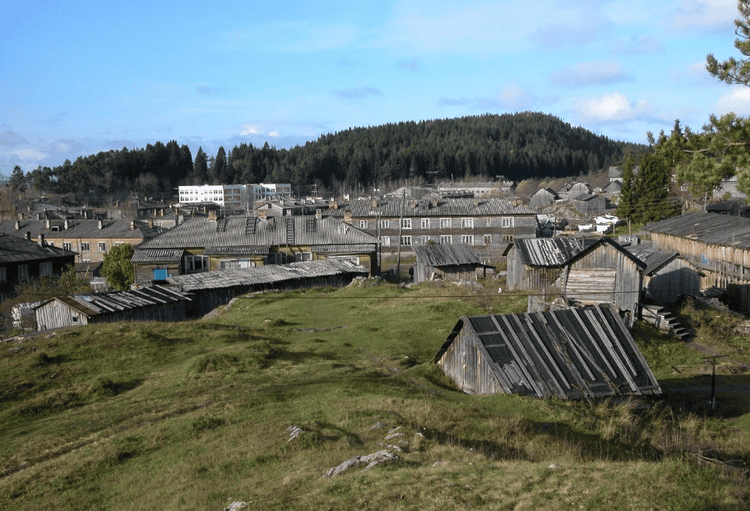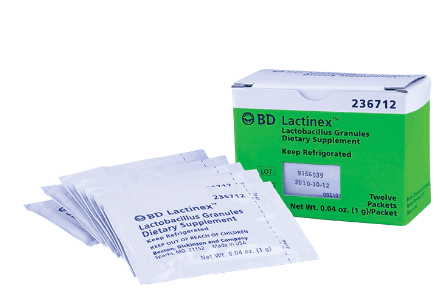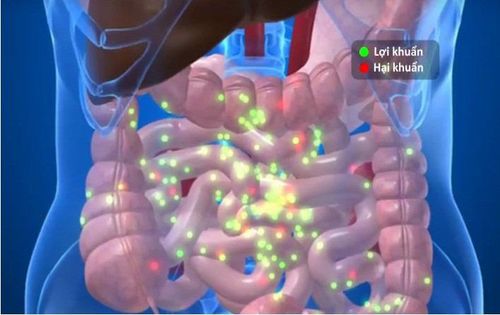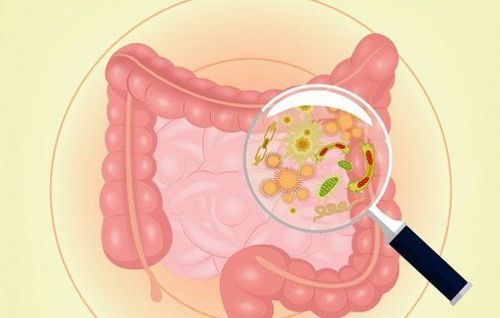This is an automatically translated article.
The article was translated by Dr., Doctor Nguyen Xuan Hung - Director of Vinmec Institute of Applied Research and Regenerative Medicine (VIASRM) from the-scientist.com source.Recent research in humans and rats shows that exposure to microorganisms in the environment helps prevent allergies and other inflammatory diseases.
The study of the inhabitants living along the border between Finland and Russia yielded valuable data that could shed light on the relationship between man and nature, especially the relationship between contact with the environment and the environment. school and immune system health.
During World War II, Finland ceded a large territory west of Karelia to the Soviet Union. During the second half of the 20th century, the Finnish Karelia region modernized, while the people of the Soviet Karelia maintained a traditional way of life. By the 21st century, research from the University of Helsinki (Finland) shows that the incidence of allergies among people living in the Karelia region of Finland is significantly higher than that of their neighbors living in Russia.
Immunologist Nanna Fyhrquist joined the research team at the University of Helsinki in 2011 and carried out the study mentioned above to investigate the cause of this phenomenon. This research team suspects that the difference in allergy rates between the two regions of the Finnish-Russian border may be due to exposure to bacteria in the environment. The late ecologist Ilkka Hanski of the University of Helsinki, along with Helsinki University Central Hospital researchers Tari Haahtela and Leena von Hertzen, recently formulated the biodiversity theory, which holds that biodiversity The totality - correspondingly the microbial diversity - of the habitat affects health through changes in the composition of the human microbiome (microbiome). They suggest that the overall loss of biodiversity is responsible for the dysfunction of the human immune system and thus the increased incidence of allergic and inflammatory diseases in the developed world.

Nơi lấy mẫu nghiên cứu tại Pitkäranta (vùng Karelia thuộc Nga) (Nguồn ảnh: the-scientist.com)
This is an extension of the hygiene theory from the 80s and 90s of the 19th century when researchers realized that a modern lifestyle that limits exposure to bacteria increases the rate of allergic fever and other syndromes due to immune disorders. Later, microbiologist and immunologist Graham Rook at University College London, took a similar stance to the "old friend" hypothesis, which holds that people, more specifically their immune systems, depend on into the microbiome that has co-evolved with humans over tens of thousands of years. “The immune system is a learning system. The immune system only works properly when it has input," Rook told "The Scientist" magazine.
Since then, the Finnish team has been studying the mechanism of action of environmental microorganisms on the human immune system. One possibility is that by shaping the human microbiome, which is implicated in the development of allergies. The study at the Karelia frontier mentioned above, partly supports this hypothesis. “Children living in rural areas with forests and green surroundings are much less susceptible to allergies (compared to Finnish children living in more urbanized areas), and have a microbiome,” says Fyhrquist. much richer textures on the skin.”
Specifically, children in rural areas have more in both the number and type of bacteria on the skin, in which the amount of Acinetobacter bacteria is especially high. Acinetobacter is a genus of bacteria in the phylum Proteobacteria commonly found in plants. The researchers also found that children with high levels of Acinetobacter on their skin had higher numbers of white blood cells in their blood, and these cells were much more able to secrete the anti-inflammatory cytokine IL-10 than the white blood cells of adult children. town. “This led us to think that this group of naturally occurring bacteria could, in some way, contribute to the training or tuning of the immune system,” says Fyhrquist. This assumption is well-founded because the samples taken from the border in less developed Russia contained more Acinetobacter than those from the Finnish side, regardless of the particular habitat. “The Russian way of life is very different from that of the Finns, and the lifestyle seems to have a stronger impact on rural than urban habitats,” adds Fyhrquist.
But it will be necessary to do experiments to see if exposure to soil bacteria is responsible for the differences in microbiota associated with the relatively low allergy rates among people living on the Russian side. or not. Last year, Fyhrquist, now at Sweden's Karolinska Institutet, and colleagues used a mouse model of asthma, a disease that shares the same etiology as allergies, caused by a helper T-cell immune response. type 2 (Th2) causes. They kept one group of female rats in cages lined with clean substrate, and the other group were kept in dusty cages in cages that housed other animals such as sheep.

Hệ vi sinh vật trong đất có vai trò quan trọng đối với sức khoẻ của con người (Nguồn ảnh: smithsonianmag.com)
After six weeks, mice living in clean substrate-lined cages were more susceptible to pneumonia when exposed to asthma-causing allergens than mice exposed to soil. Similar to previous studies, the team also found that the intestines of mice exposed to the soil contained more bacteria from the phylum Bacteroidetes than bacteria from the phylum Firmicutes. The opposite bacterial characteristic is commonly observed in both mice and humans with asthma and inflammation. Mice exposed to the soil also had higher levels of anti-inflammatory proteins (such as the enzyme A20, which plays an anti-asthma role in a mouse model), which helps the immune system function properly. "It was quite impressive to see so much variation and induction of immune tolerance in mice," Fyhrquist said.
In the above study, rats were exposed to long-term and direct exposure to soil microorganisms. Other studies suggest that even very small amounts of soil through the air - like what a person might experience when spending time in nature - impacts the health of rats. In a study published this month, restoration ecologist Martin Breed at Flinders University in Adelaide, Australia, and colleagues placed very small amounts of soil with varying degrees of microbial diversity into it. a tray outside the rat cage and then run a fan over the tray two hours a day to create a very gentle breeze on the mice. Breed said the amount of soil blown into the cage was 100 to 1000 times smaller than in other studies.
Despite this, after 7 weeks of exposure to soil microorganisms in this way, the mice's microbiomes changed and the mice were less stressed. "The microbial diversity in the faeces of the mice at the end of the experiment was more similar to the soil sample they were exposed to than their stool sample at the start of the experiment," Breed said. Soil microorganisms directly infiltrated and colonized the intestines of mice... The changes in the rat's gut microbiota stemming from such a small amount of soil really intrigued me."
Results like the one above suggest that exposure to a diverse microbial complex in the environment is the mechanism that explains why spending time in nature provides broad-based health benefits. Sophie Zechmeister-Boltenstern, Director of the Soil Research Institute at Vienna University of Life and Natural Resources (BOKU), says: “I think there is a growing body of evidence supporting the direct contributions of soil to health. human health. As biodiversity increases, the ability to recover and fight off pathogens is better.”
But this conclusion comes with a problem: Soil biodiversity is depleting on a global scale, says Zechmeister-Boltenstern. This means that even people who spend time in nature are exposed to less microorganisms than in the past. She and her colleagues recently published research showing that the diversity of the human gut microbiome is decreasing, paralleling the loss of biodiversity in the environment.
"Humans haven't really explored the vast biodiversity in soil," says Zechmeister-Boltenstern, and soil is the most diverse habitat on Earth.
MORE:
What are microorganisms and their distribution in the human body Microbial system in the digestive tract What is special about the skin microbiome?














